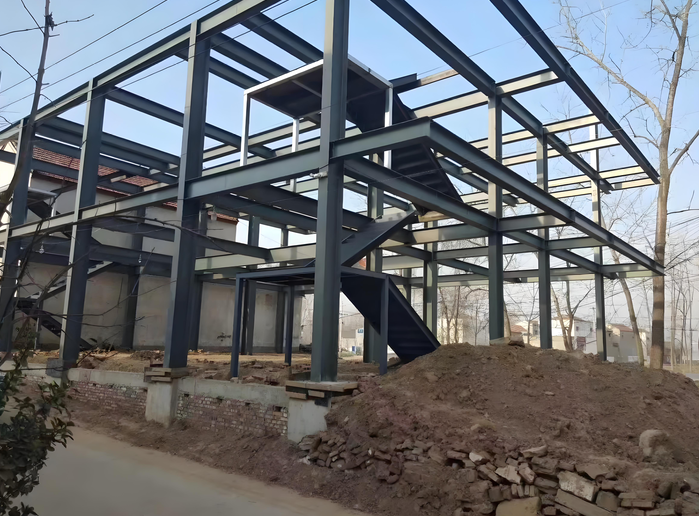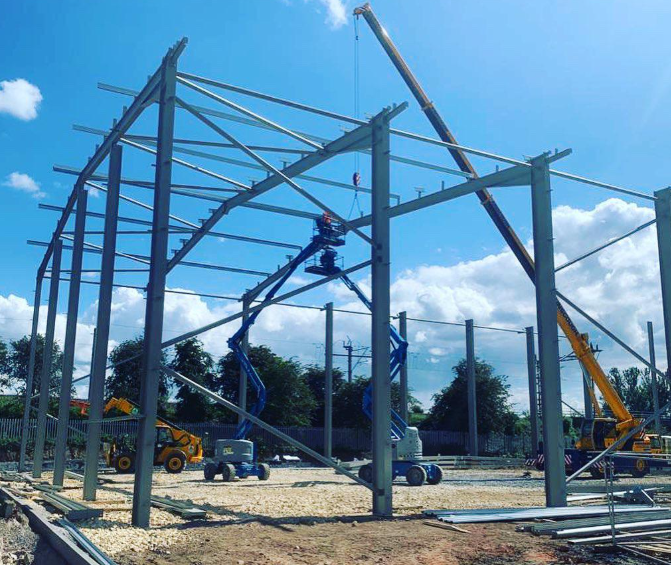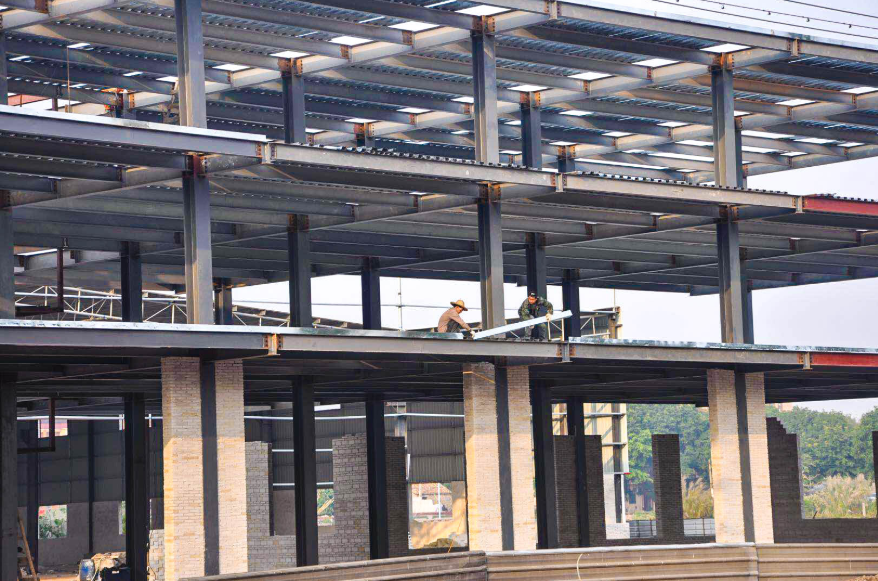The Necessity of Steel Structure Inspection

1. Steel Structure Inspection Reduces Construction Safety Hazards
Structures such as factories, greenhouses, exhibition halls, and waiting halls are typically constructed with steel grid frameworks. After 10 to 20 years of service, the load-bearing capacity and stability of these steel structures may decline, posing numerous safety hazards. Therefore, comprehensive steel structure quality inspections are necessary for structures that have been in use for an extended period to assess their overall performance. Based on inspection results, corresponding maintenance plans can be formulated to effectively reduce construction safety hazards.
2. Steel Structure Inspection Enhances Building Performance
Steel structures are often complex, assembled from multiple steel materials through welding and other methods, with numerous potential issues that require attention. Steel structure inspection techniques can ensure the quality of raw materials and weld connections, thereby ensuring the overall performance of the construction project.
3. Steel Structure Inspection Reduces Project Duration and Increases Economic Benefits
Regular steel structure inspections can promptly identify and address issues. Based on timely loss mitigation, optimization suggestions for each stage can be proposed, minimizing project duration and maximizing economic benefits.
Enhancing steel structure inspections is highly necessary, not only benefiting the healthy development of China's construction industry but also optimizing the overall structure of the industry. Therefore, we must accelerate the development and application of steel structure inspection techniques to better promote the overall development level of China's construction industry.

On-site Inspection of Steel Structure Factories Should Include the Following:
1.Collect design drawings, construction records, acceptance documents, engineering geological survey reports, and other materials related to the inspected steel structure factory building.
2.Based on the drawings provided by the client, conduct an on-site investigation to verify whether the structural layout and dimensions of the inspected steel structure factory building match the drawings. Assess whether changes have occurred in the building's usage and loads during operation.
3.Conduct an on-site inspection of the current structural status of the steel structure factory. This process can involve full inspection or random sampling inspection. Inspection items include: visual inspection of structural defects, steel hardness testing, component connection inspection, fireproof coating thickness testing, anticorrosive coating thickness testing, structural component dimensional deviation, structural component deformation inspection, and foundation status survey.
Safety of Industrial Steel Structure Factories
Safety in industrial steel structure factories is an issue that every manager should prioritize. Regular inspections of steel structure factories should be conducted.
If process or structural modifications are made to the factory during operation, safety and seismic assessments are required. By re-evaluating and modeling the factory's structure and load-bearing capacity, a detailed understanding of the main structural safety status can be obtained, providing comprehensive and detailed data for later factory modifications to ensure structural safety and smooth progress of the modifications.

Inspection of Steel-Reinforced Concrete Structures
When inspecting steel-reinforced concrete structures, the method of concrete utilization should be understood, and detailed assessments should be conducted accordingly. In residential buildings, concrete structures are ubiquitous, including steel foundations. Concrete materials are commonly found in steel-framed wall and roof structures. The inspection of steel-reinforced concrete structures should be carried out through the following methods:
1.Conduct field surveying and mapping of structural and frame elevations. Draw the plan and elevation views of the steel structure.
2.Determine the concrete mix ratio. Generally, the ratio of steel reinforcement to concrete in building walls should be 1:2 or 1:2.5 to meet residents' requirements for wall strength and durability. This provides a reasonable basis for inspectors to determine the concrete mix ratio.
3.Assess the material condition of concrete columns or beams. If concrete structures show signs of tilting or cracking during the steel structure inspection process, the steel structure can be classified as dangerous.
4.Determine the load-bearing capacity of concrete structures. In residential structures, concrete structures do not exist independently but are combined with masonry and steel, and their existence can effectively control the service life of the concrete structures. For steel structures with masonry components, inspectors should evaluate the seismic performance, resistance to inclination, and wind resistance of the masonry structure.



